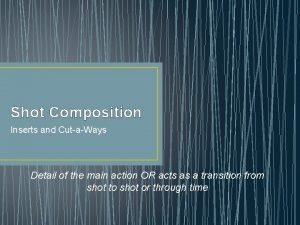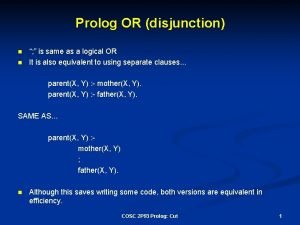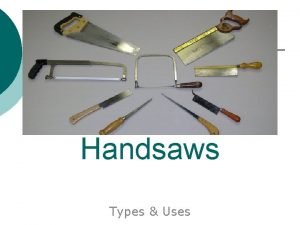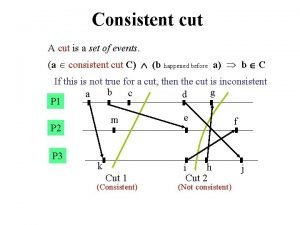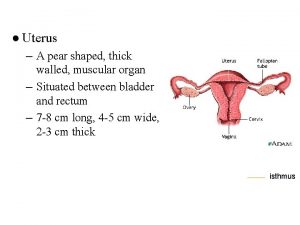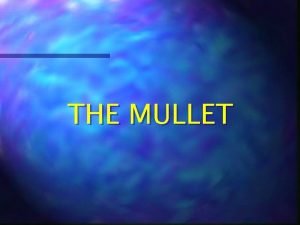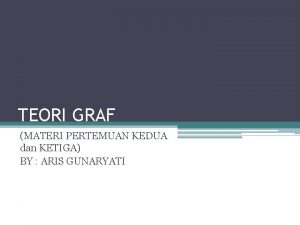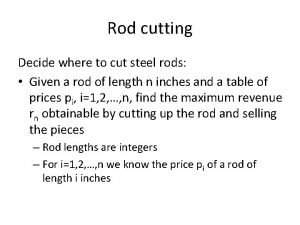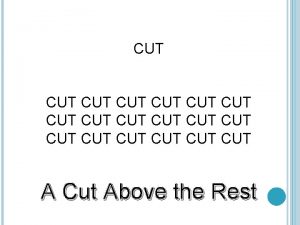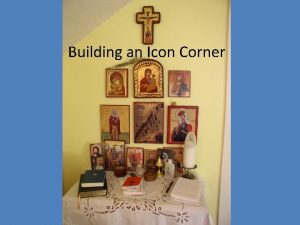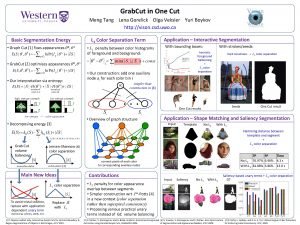Desktop model Desktop 0 cut icon 3 icon










![open util/ordering[Desktop] sig Desktop { icons: set Icon } enum Icon { A, B open util/ordering[Desktop] sig Desktop { icons: set Icon } enum Icon { A, B](https://slidetodoc.com/presentation_image/d3cc905a8c6e2bac132d7a8b7256e5da/image-11.jpg)


![Desktop signature is same as before open util/ordering[Desktop] sig Desktop { icons: set Icon Desktop signature is same as before open util/ordering[Desktop] sig Desktop { icons: set Icon](https://slidetodoc.com/presentation_image/d3cc905a8c6e2bac132d7a8b7256e5da/image-14.jpg)



![open util/ordering[Desktop] sig Desktop { icons: set Icon } sig Icon {} fact init open util/ordering[Desktop] sig Desktop { icons: set Icon } sig Icon {} fact init](https://slidetodoc.com/presentation_image/d3cc905a8c6e2bac132d7a8b7256e5da/image-18.jpg)
- Slides: 18

Desktop model Desktop 0 cut icon 3 icon 2 Desktop 1 paste icon 3 icon 1 icon 3 Roger L. Costello March 24, 2018

It’s time to model software • In the previous examples there was just one or a small number of solutions (instances) satisfying the constraints. • With software there are usually many solutions.

Model a desktop and two operations • In this example we model software that allows users to add and remove icons from a desktop. • A cut operation removes one icon from the desktop. • A paste operation adds one icon to the desktop.

Problem Statement • Model a desktop, its icons, and cut and paste operations. • We will create two versions of the model: • Version #1: Hardcode the icons. • Version #2: Arbitrary set of icons.

Version #1: Simple Model • Let’s model a desktop that has just two icons named A and B, and a cut operation that removes B. Desktop (first) Desktop (second) cut A B A

A set of Desktops, each with a set of icons sig Desktop { icons: set Icon } The set keyword means that icons maps each Desktop to a set of Icon (an Icon is either A or B). icons Desktop 0 A Desktop 0 B Desktop 1 A Desktop 0 is mapped to this set: {A, B} Desktop 1 is mapped to this (singleton) set: {A}

Order the Desktops -- there is a first Desktop, a second Desktop, etc. open util/ordering[Desktop] “first” denotes the first Desktop. “first. icons” denotes the icons on the first Desktop. “prev” denotes the previous Desktop. Suppose d denotes one of the Desktops, then d. prev. icons denotes the icons on the previous Desktop. “last” denotes the last Desktop. “next” denotes the next Desktop.

There are two icons, A and B abstract sig Icon {} one sig A extends Icon {} one sig B extends Icon {} Alternatively: enum Icon { A, B }

Constrain the first desktop to contain both icons, the second desktop to contain just A fact { first. icons = A + B first. next. icons = A }

Specify in the run command that the instance is to contain 2 Desktops. run {} for 3 but 2 Desktop
![open utilorderingDesktop sig Desktop icons set Icon enum Icon A B open util/ordering[Desktop] sig Desktop { icons: set Icon } enum Icon { A, B](https://slidetodoc.com/presentation_image/d3cc905a8c6e2bac132d7a8b7256e5da/image-11.jpg)
open util/ordering[Desktop] sig Desktop { icons: set Icon } enum Icon { A, B } fact { first. icons = A + B first. next. icons = A } run {} for 3 but 2 Desktop

Version #2: Arbitrary icons, cut/paste operations • We want the model to represent any set of icons on the first Desktop. • Let d = the first Desktop and i = an icon on the first Desktop. The second Desktop = d - i, or The second Desktop = d + j (where j is an icon not on d) • Let d = the second Desktop and i = an icon on the second Desktop. The third Desktop = d - i, or The third Desktop = d + j (where j is an icon not on d) • And so forth.

Here is one of the instances that Alloy generated: Desktop 0 cut icon 3 icon 2 Desktop 1 paste icon 3 icon 1 icon 3 paste Desktop 3 Desktop 4 icon 1 icon 3 cut icon 0 icon 3 icon 1
![Desktop signature is same as before open utilorderingDesktop sig Desktop icons set Icon Desktop signature is same as before open util/ordering[Desktop] sig Desktop { icons: set Icon](https://slidetodoc.com/presentation_image/d3cc905a8c6e2bac132d7a8b7256e5da/image-14.jpg)
Desktop signature is same as before open util/ordering[Desktop] sig Desktop { icons: set Icon }

Instead of enumerating the icons, have a set of icons: sig Icon {}

The first Desktop contains a set of icons: fact init { some i: set Icon | first. icons = i }

A Desktop cannot hold just any set of icons, a Desktop is derived from its previous Desktop: it has the icons on the previous Desktop, plus or minus one icon fact Desktops_through_cut_and_paste { all d: Desktop - first | (some i: d. prev. icons | d. icons = d. prev. icons - i) or (some i: Icon - d. prev. icons | d. icons = d. prev. icons + i) }
![open utilorderingDesktop sig Desktop icons set Icon sig Icon fact init open util/ordering[Desktop] sig Desktop { icons: set Icon } sig Icon {} fact init](https://slidetodoc.com/presentation_image/d3cc905a8c6e2bac132d7a8b7256e5da/image-18.jpg)
open util/ordering[Desktop] sig Desktop { icons: set Icon } sig Icon {} fact init { some i: set Icon | first. icons = i } fact Desktops_through_cut_and_paste { all d: Desktop - first | (some i: d. prev. icons | d. icons = d. prev. icons - i) or (some i: Icon - d. prev. icons | d. icons = d. prev. icons + i) } run {} for 5 Do Lab 3
 Cut away shot example
Cut away shot example Cutsncuts
Cutsncuts Cross cut vs rip cut saw
Cross cut vs rip cut saw Consistent cut in distributed system
Consistent cut in distributed system Www.paylocity.com
Www.paylocity.com Icon forecast model
Icon forecast model Concentric zone model vs sector model
Concentric zone model vs sector model Lamb cut sheet
Lamb cut sheet Inclusive design toronto
Inclusive design toronto Mass wasting processes
Mass wasting processes Histological internal os
Histological internal os Mulletsgalore
Mulletsgalore Graf lingkaran
Graf lingkaran Papercut uga
Papercut uga Sap rough cut capacity planning
Sap rough cut capacity planning A quick primer
A quick primer How to cut steel rods
How to cut steel rods Groundwater system
Groundwater system Vertical ventilation
Vertical ventilation
